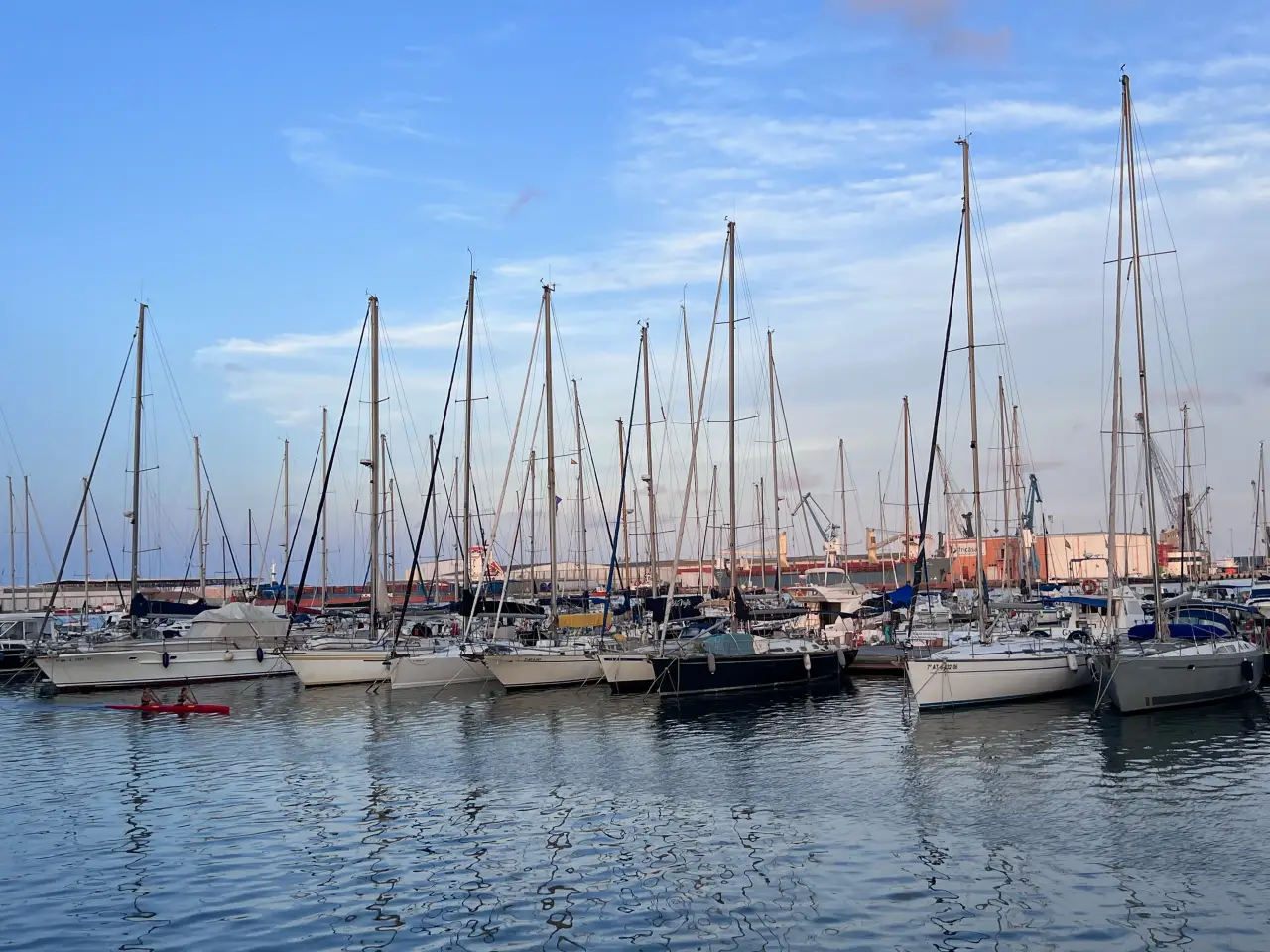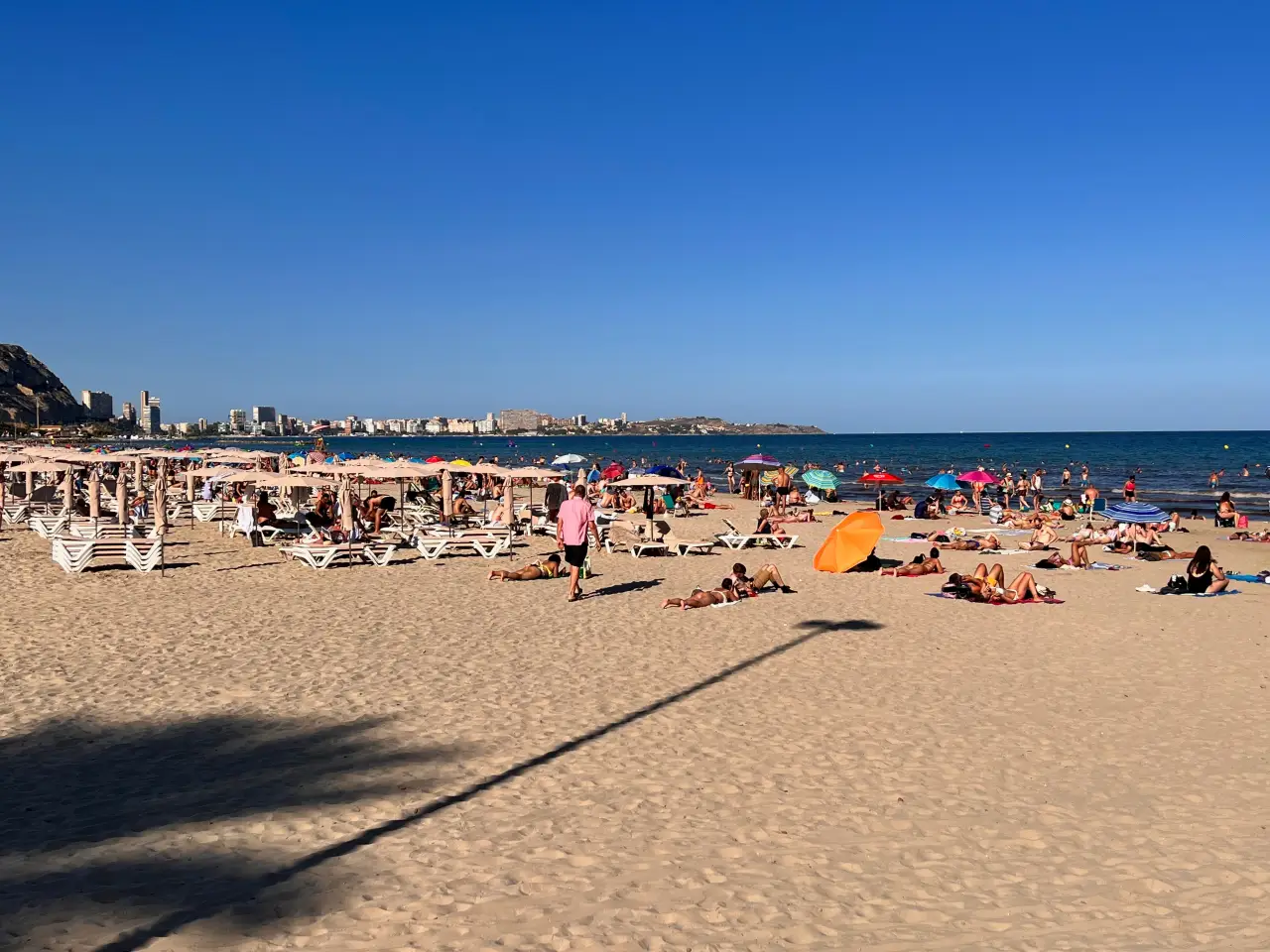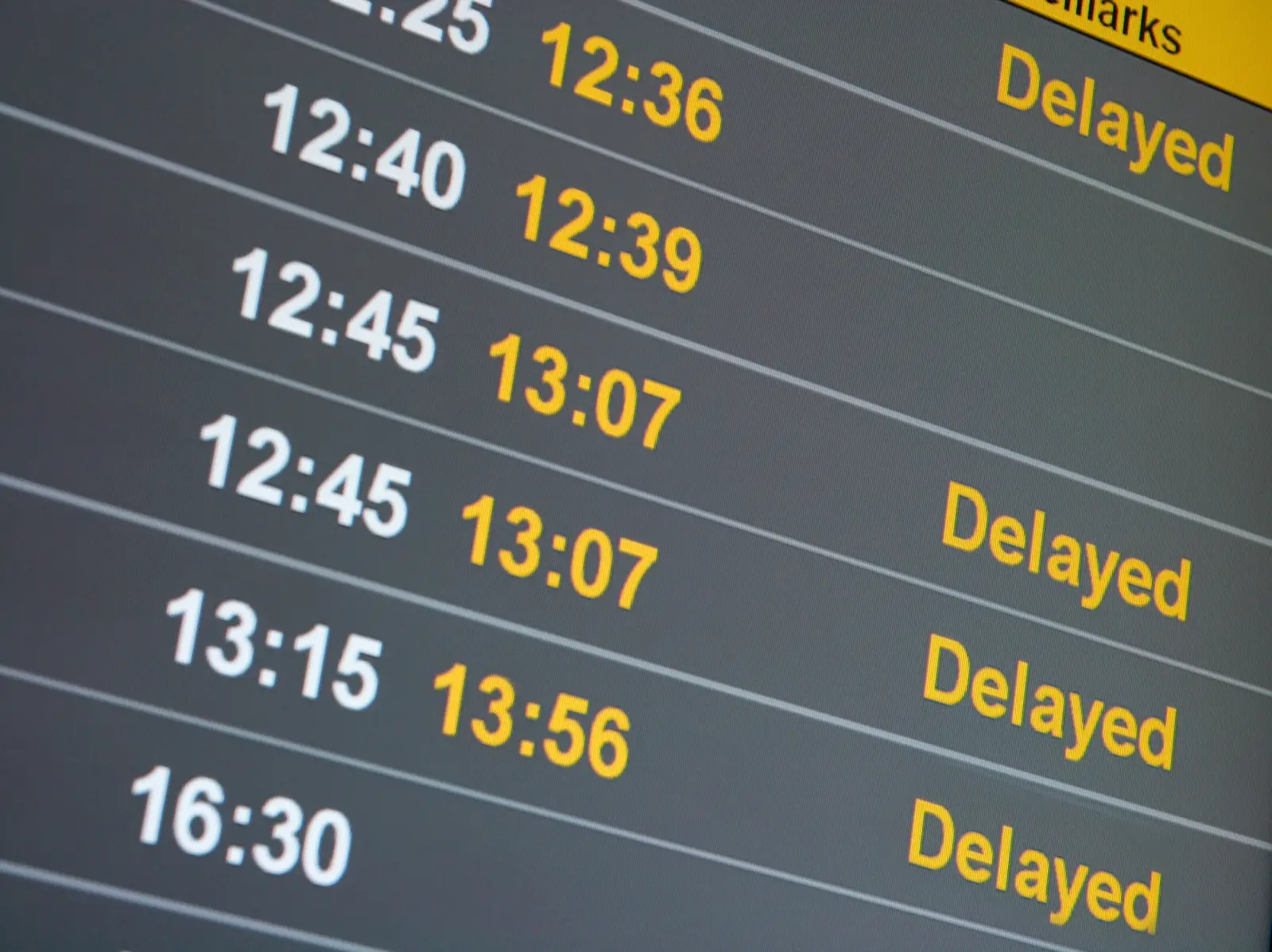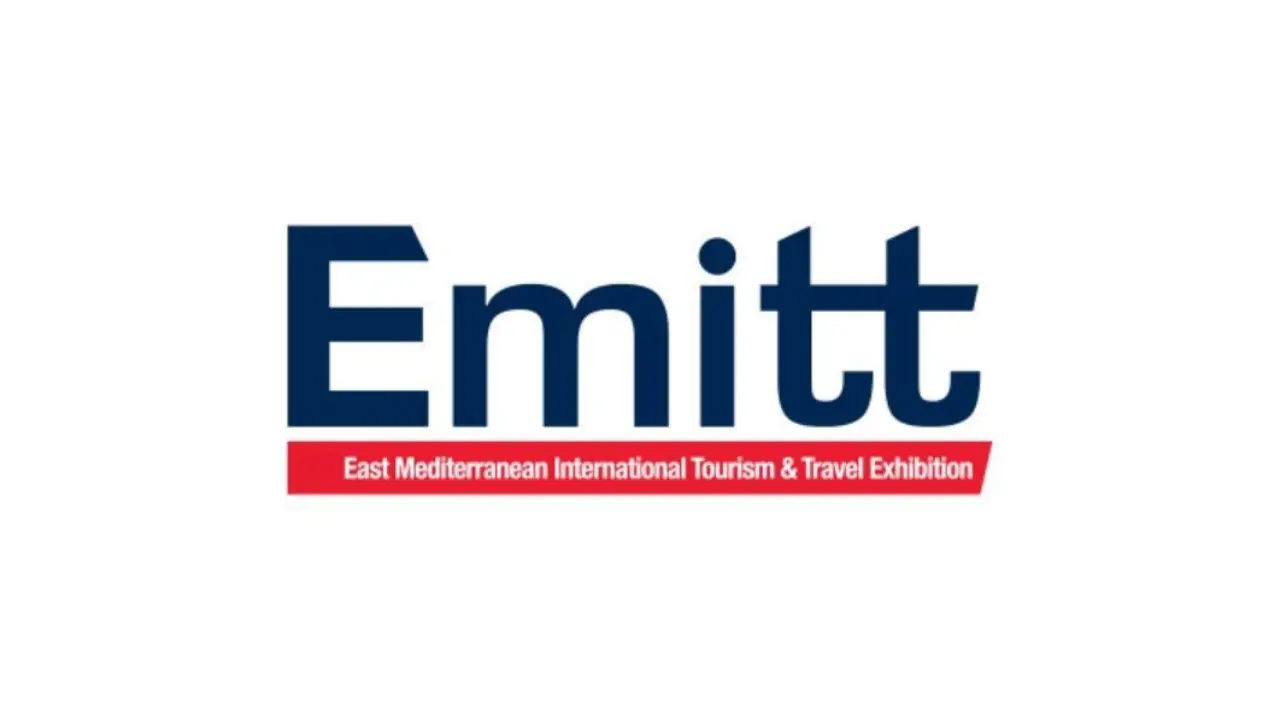Valencia tourism saw an impressive surge over the 2025 Easter holidays, with hotel occupancy rates soaring above 80% across the region and some areas like Benidorm exceeding 90%. Favorable weather conditions and a sharp increase in international arrivals helped propel Spain’s Valencian Community into one of Europe’s most popular destinations this Holy Week.
While official data is expected on April 22, initial indicators from industry leaders confirm the region has either met or surpassed tourism expectations. The general secretary of Hosbec, the Valencian hotel association, Nuria Montes, emphasized that “all predictions have been fulfilled” and last-minute bookings contributed significantly to the success.
International Travelers Drive Coastal Demand
The Easter period was especially fruitful for destinations like Alicante and Valencia, where international tourists played a decisive role. According to Hosbec’s estimates, foreign visitors filled between 50% and 60% of hotel vacancies in these key areas. The rise in international arrivals was supported by a record number of scheduled airline seats, reflecting a strategic boost in connectivity.
Valencia Airport in Manises reported a 16% year-on-year increase in flight operations, reaching 2,626 during the holiday period. This spike in connectivity helped support the strong inbound demand, particularly from European travelers seeking spring sunshine and cultural experiences along Spain’s southeastern coast.
The sunny, warm weather also played its part. With daytime temperatures above 20°C (68°F), conditions were ideal for sightseeing, beachgoing, and enjoying the many Holy Week processions and events scattered throughout the region’s cities and coastal towns.

Domestic Tourism Holds Strong in Castellón
While the southern parts of the Valencian Community leaned heavily on international markets, the province of Castellón, to the north, saw a more domestically driven tourism pattern. An estimated 80% of visitors there were Spanish residents, highlighting a balanced travel profile across the region. This mix helped diversify revenue streams and stabilize local economies, even as trends continue to favor international growth.
This strong performance across the region demonstrates the enduring appeal of Valencia as a spring travel destination. Its unique blend of beaches, gastronomy, cultural heritage, and modern hospitality offerings has proven resilient, especially during peak holiday periods.
A Boost for Hospitality and Spending
The benefits of this tourism spike extended beyond hotels. The hospitality sector as a whole, especially bars, restaurants, and leisure providers, saw increased spending. According to Manuel Espinar, president of Conhostur, the employers’ association representing the hospitality industry, many businesses are expected to match or even surpass last year’s turnover figures. One contributing factor was the separation of Holy Week from Valencia’s Fallas festival this year, which allowed local consumers more room to spend during Easter holidays.
This growth is particularly significant as it signals a healthy rebound from the slower travel years of the pandemic era. It also shows that the Valencian Community is successfully positioning itself not just as a summer hotspot, but as a year-round destination capable of drawing large volumes of both international and domestic visitors.
Looking Ahead to a Busy Travel Season
As Spain prepares for its high summer season, the strong Easter turnout offers promising signs for what’s to come. With travel confidence rising and airlines increasing their flight schedules into regional hubs like Valencia, the tourism industry is on track for continued momentum in 2025.
For now, the Easter holiday period has delivered a clear message: Valencia is back in full swing, welcoming travelers from near and far with warm skies, open beaches, and a hospitality sector ready to deliver memorable experiences. If you’ve never been to Valencia, take a look at our city vacation guide.













